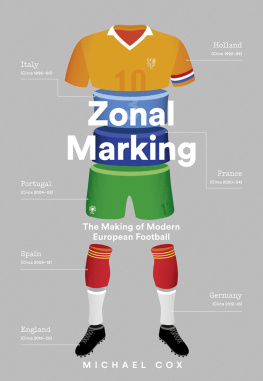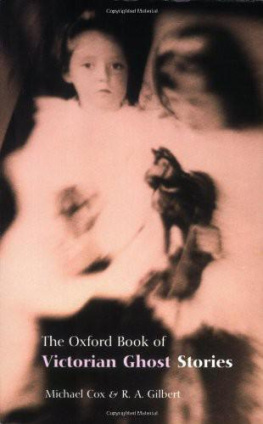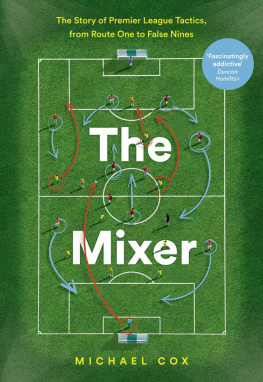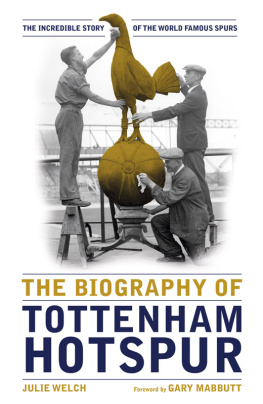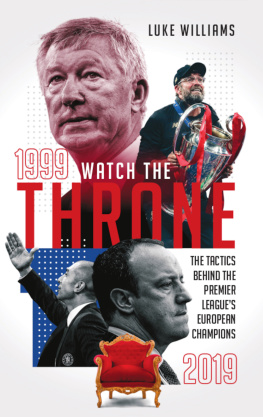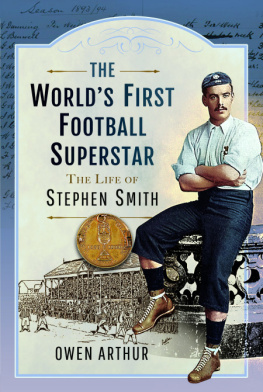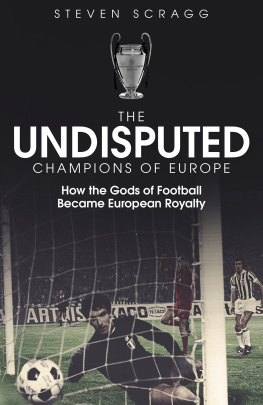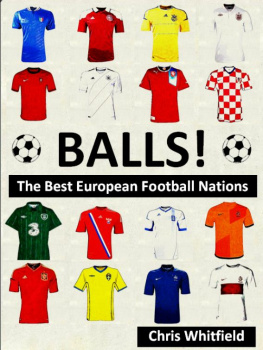HarperCollinsPublishers
1 London Bridge Street
London SE1 9GF
www.harpercollins.co.uk
First published by HarperCollins 2019
FIRST EDITION
Michael Cox 2019
Cover layout design Sim Greenaway HarperCollinsPublishers 2019
Cover photograph Shutterstock.com
A catalogue record of this book is available from the British Library
Michael Cox asserts the moral right to be identified as the author of this work
All rights reserved under International and Pan-American Copyright Conventions. By payment of the required fees, you have been granted the nonexclusive, non-transferable right to access and read the text of this e-book on screen. No part of this text may be reproduced, transmitted, downloaded, decompiled, reverse engineered, or stored in or introduced into any information storage retrieval system, in any form or by any means, whether electronic or mechanical, now known or hereinafter invented, without the express written permission of HarperCollins e-books.
Find out about HarperCollins and the environment at
www.harpercollins.co.uk/green
Source ISBN: 9780008291167
Ebook Edition May 2019 ISBN: 9780008291150
Version: 2019-05-07
Despite this books chronological nature, it was not originally intended to be a history of modern European football. The primary intention was to analyse the various playing styles that dominate Europes seven most influential footballing countries the Netherlands, Italy, France, Portugal, Spain, Germany and England a fairly unarguable septet, based on a combination of recent international performance and the current strength of their domestic leagues.
A nations footballing style is reflected in various ways. Its not simply about the national sides characteristics, but about the approach of its dominant clubs, the nature of its star players and the philosophy of its coaches. Its about the experiences of a countrys players when moving abroad, and about the success of its imports. Its about how referees officiate and what the supporters cheer. Thats what this book was always going to be about.
But then came the issue of structure in which order should the countries be covered? Geographically? Thematically? By drawing balls out of bowls at UEFAs headquarters? It immediately became clear that the story wasnt simply about the different style of each country. It was also about how Europes dominant football country, and dominant style, had changed so regularly.
1992 was the obvious start date, heralding the back-pass law, the rebranding of the European Cup to Champions League and the formation of the Premier League. From that point, each country could be covered in turn, by focusing on a four-year period of success.
In the early 1990s the Dutch footballing philosophy was worshipped across the continent, but its influence declined after the Bosman ruling. The baton passed to Italy, which clearly boasted Europes strongest league. But then France started winning everything at international level and its national academy became the template for others, before suddenly, almost out of nowhere, Europes most revered player and manager both hailed from Portugal. Next, Barcelona and Spain won across the board during a very obvious four-year period of dominance, before tiki-takas decline meant Bayern and Germany took control. Finally, Europes most successful coaches found themselves competing in England, introducing various styles to the Premier League.
Naturally, each section strays outside these four-year boundaries. You cant analyse Dutch football in the mid-1990s without relating it back to the Total Football of the 1970s, and you cant analyse Didier Deschamps performances for France at the turn of the century without noting that he won the World Cup as manager in 2018. None of the chapters are named after specific individuals or teams from each period; theyre based around more general concepts that have been reflected in each nations football over a longer period.
The seven sections are different in style. The Netherlands section is about how the Dutch dictated the nature of modern European football, the Italy section focuses on specific tactical debates and the France section is about its production of certain types of player. The Portugal section is about its evolution into a serious footballing force, the Spain section about its commitment to a specific philosophy, the Germany section about its reinvention and the England section about how it borrows concepts from elsewhere.
By virtue of the books structure, some noteworthy teams arent covered extensively here: there are only passing mentions of Greeces shock Euro 2004 triumph, Italys World Cup success two years later and Real Madrids Champions League-winning sides of recent years. But the most influential players, coaches and teams since 1992 feature heavily, and therefore, while it wasnt the original intention, this book hopefully serves as a history of modern European football by outlining its crucial innovations, including gegenpressing, playing out from the back, tactical periodisation, tiki-taka and, of course, zonal marking.
Part One
1
At the start of footballs modern era in the summer of 1992, Europes dominant nation was the Netherlands. The European Cup had just been lifted by a Barcelona side led by Johan Cruyff, the epitome of the Dutch school of Total Football, while Ajax had won the European Cup Winners Cup. And there was strength in depth domestically PSV had won the league, Feyenoord won the cup.
Holland failed to retain the European Championship, having won it in 1988, but played exciting, free-flowing fotball at an otherwise disappointingly defensive Euro 92, the last tournament before the back-pass change. Europes most dominant player was also a Dutchman that years Ballon dOr was won by Marco van Basten, while his strike partner at international level, Dennis Bergkamp, finished third.
But the Dutch dominance wasnt about specific teams or individuals; it was about a particular philosophy, and Dutch sides or those coached by Dutch managers like Cruyff promoted this approach so successfully that footballs modern era would be considered in relation to the classic Dutch interpretation of the game.
When Total Football revolutionised the sport during the 1970s, the nature of the approach was widely associated with the nature of Amsterdam. The Dutch capital was the centre of European liberalism, a mecca for hippies from all across the continent, and that was reflected in Dutch football. Ajax and Holland players supposedly had no positional responsibilities, and were seemingly allowed to wander wherever they pleased to create vibrant, free-flowing, beautiful football.
But in reality the Dutch approach was heavily systematised players interchanged positions exclusively in vertical lines up and down the pitch, and if a defender charged into attack, a midfielder and forward were compelled to drop back and cover. In that respect, while players were theoretically granted freedom to roam, in practice they were constantly thinking about their duties in response to the actions of others. In an era when attackers from other European nations were often granted free roles, Ajax and Hollands forwards were constrained by managerial guidelines. Arrigo Sacchi, the great AC Milan manager of the late 1980s, explained it concisely: There has only been one real tactical revolution, and it happened when football shifted from an individual to a collective game, he declared. It happened with Ajax. Since that time, Dutch football has held an ongoing philosophical debate should football be individualistic like the stereotypical depiction of Dutch culture, or be systematised like the classic Total Football sides?

